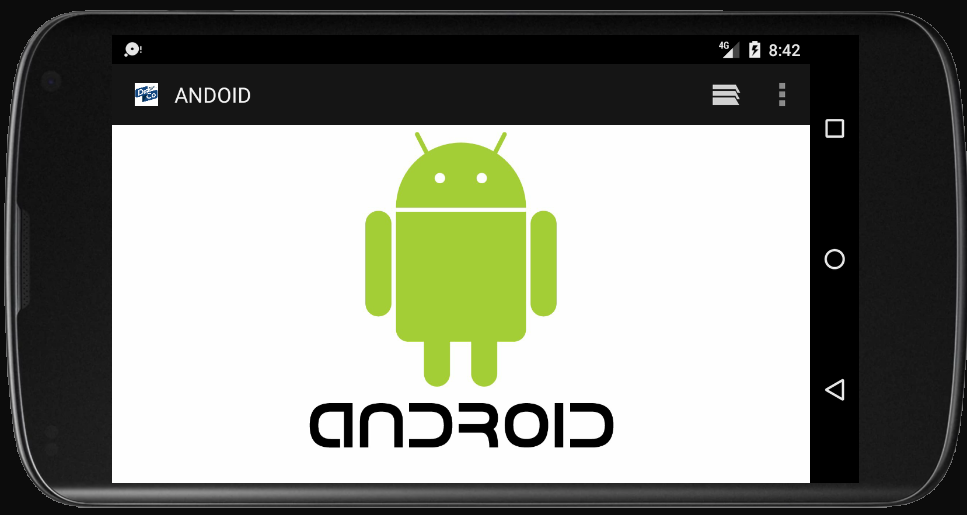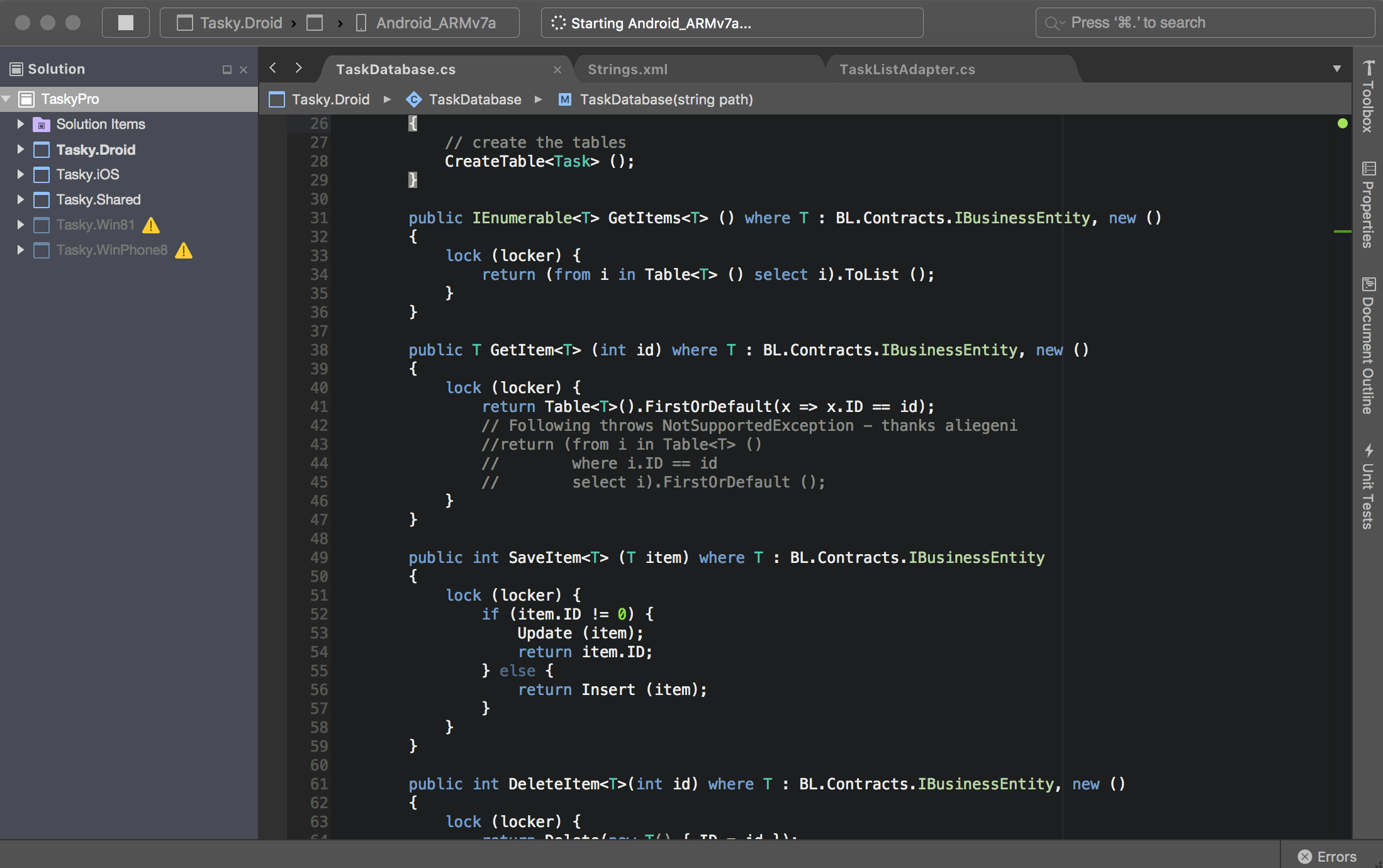

- #Android emulator mac command line apk
- #Android emulator mac command line install
- #Android emulator mac command line full
- #Android emulator mac command line android
If you check the docs for the CLI, it doesn't specify what these do.
#Android emulator mac command line android
Android SDK: installed Android target: installed android-19,android-21,android-22,android-23,Google Inc.:Google APIs:19,Google Inc.:Google APIs (x86 System Image):19,Google Inc.:Google APIs:23 Gradle: installed Building the App. The command of running the app is the same. In addition to starting a development server and MongoDB instance as usual, meteor run accepts arguments to run the app on one or more mobile targets: Now we have successfully created Android App using ionic+angular+Cordova. You can use the cordova utility to run an app in an emulator, or you can run it within the SDK. At this point you can use the cordova utility to deploy the application to the emulator from the command line: $ cordova emulate android If instead you work within Eclipse, right-click the project and choose Run As → Android Application. If you have multiple devices and emulators, you can target a specific one with the -target option. You can also check the requirement for a platform. C:\Users\username\Desktop\CordovaProject>cordova build android Now we can run our app. Before, you should have added the platform in your project. It will launch on your emulator of choice. Quasar is a Vue framework that makes it easy to build hybrid mobile apps using Cordova. Step 1: Launch the emulator from Android Studio. Before we dive in, make sure you got the Cordova CLI installed. Quasar CLI makes it incredibly simple to develop or build the final distributables from your source code. Then, in another terminal window run again ionic emulate android which installed the application on the already opened emulator and everything worked normally. Check out the documentation.Introduction. There are so many other useful things you can do with adb. When you have multiple devices then use -s and the device ID which can be obtained via the adb devices command. If you use -e then it goes to the emulator. If you have both an emulator running and a device attached then you can use the switch -d like adb -d shellĪnd it directs it to the only device. You can actually use “adb shell” to open a shell prompt and navigate your device like a remote machine.

Most of these are using the shell command which actually allow you to pass commands to the modified Linux shell that runs inside Android.

This can be useful to test what your app behaves like from a fresh restart, vs. If you want to stop your app after it is running, you just need the name of the package and the following: adb shell am force-stop If you are trying to start an app written with another tool, then consult the AndroidManifest, but it is common for most tools to use MainActivity, so you can launch it like: adb shell am start -n /.MainActivity After the slash is the name of the Main Activity, which unless you’ve edited your (and some other fundamentals of your app) is always. Before the slash is the package name, just like for uninstalling it. Now we use the Android Activity Manager (AM). Now if you want to run it, things get a little more interesting. When a user updates an app from the App store, or installs it via most any other means, then it performs a reinstall, which leaves the data intact. This results in all the data being cleaned out, which can be useful during development to be sure you don’t leave anything behind from the previous run. One note, when Delphi deploys your app to run it, it performs an uninstall first. BTW, the pm in there is the Android Package Manager.

If you changed it under Project Options -> Version Info -> Package, then use that value instead.
#Android emulator mac command line apk
Now if you want to uninstall your apk you can do that too: adb shell pm uninstall -k Īgain, is the default name of the package. The great thing about the -r is it works even if it wasn’t already installed.
#Android emulator mac command line install
If your apk is already installed, then use the following command to “reinstall” it, leaving the data intact: adb install -r path\ProjectName.apk The apk usually has the same name as the project.
#Android emulator mac command line full
In this example path\ProjectName.apk is the full relative path to the apk. See the end for notes on multiple devices or if you are running both an emulator and device.įirst to install your app: adb install path\ProjectName.apk They should work on both Mac and Windows. These all assume adb (Android Debug Bridge) is on your system path and you only have one Android device (or emulator) attached. Delphi automatically installs and runs your app for you, but sometimes it is nice to do manually from the command-line.


 0 kommentar(er)
0 kommentar(er)
